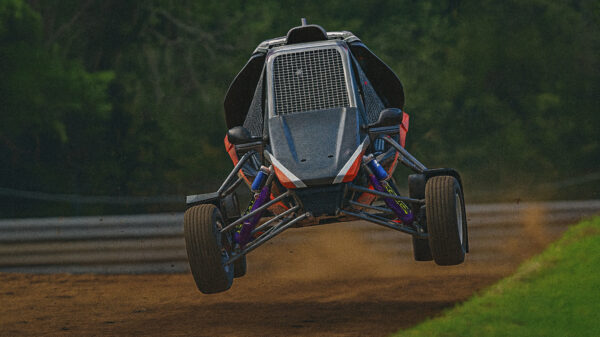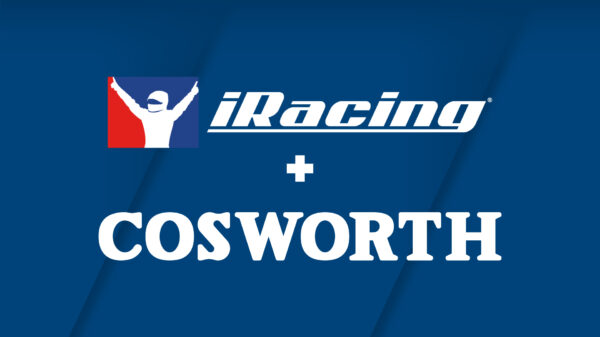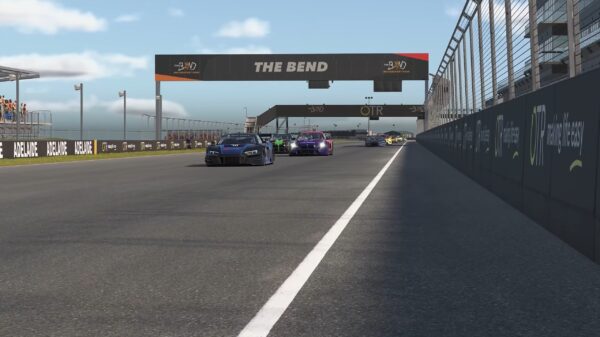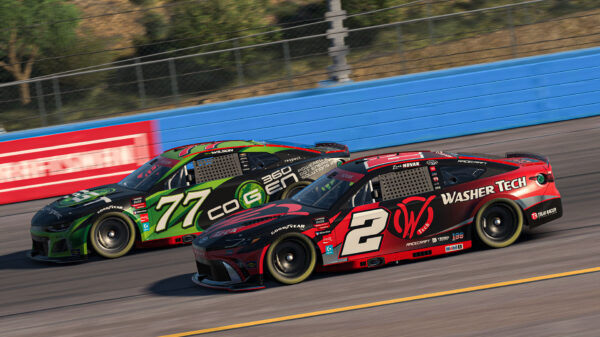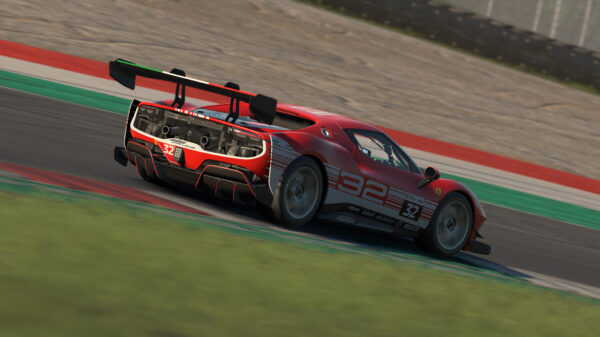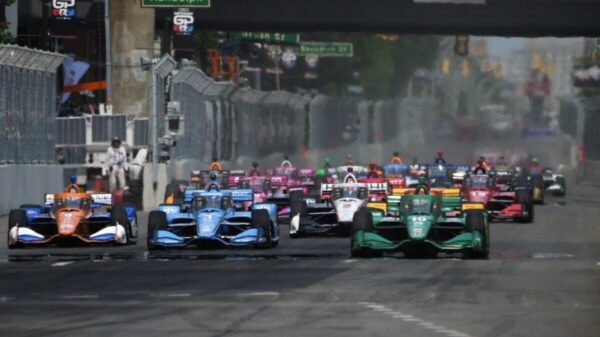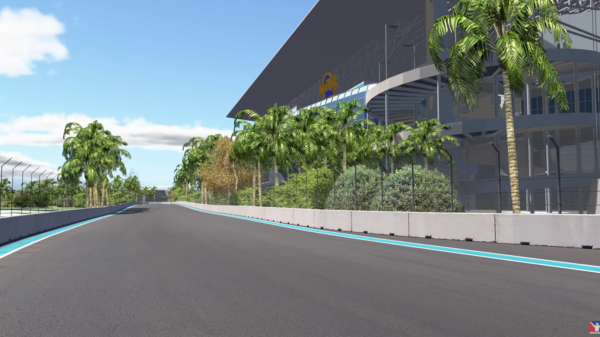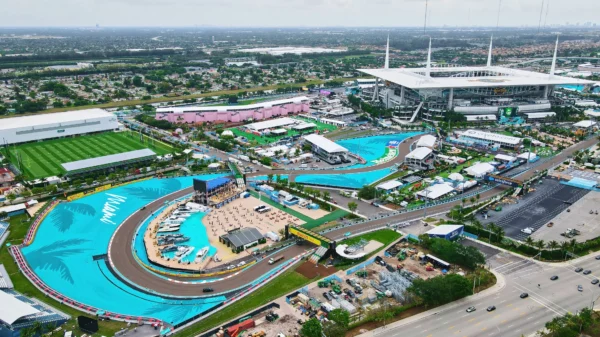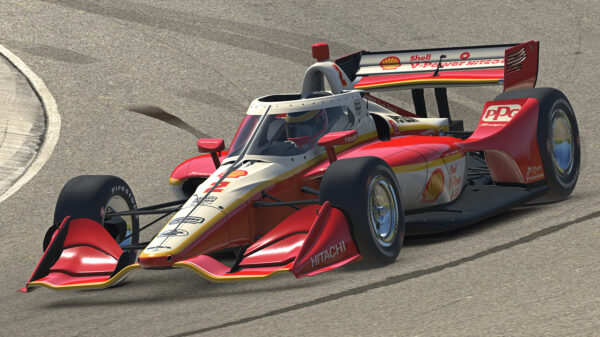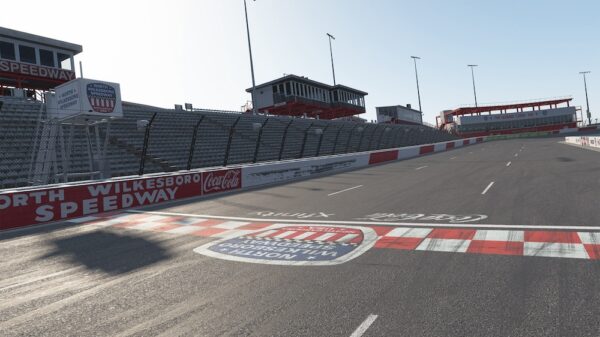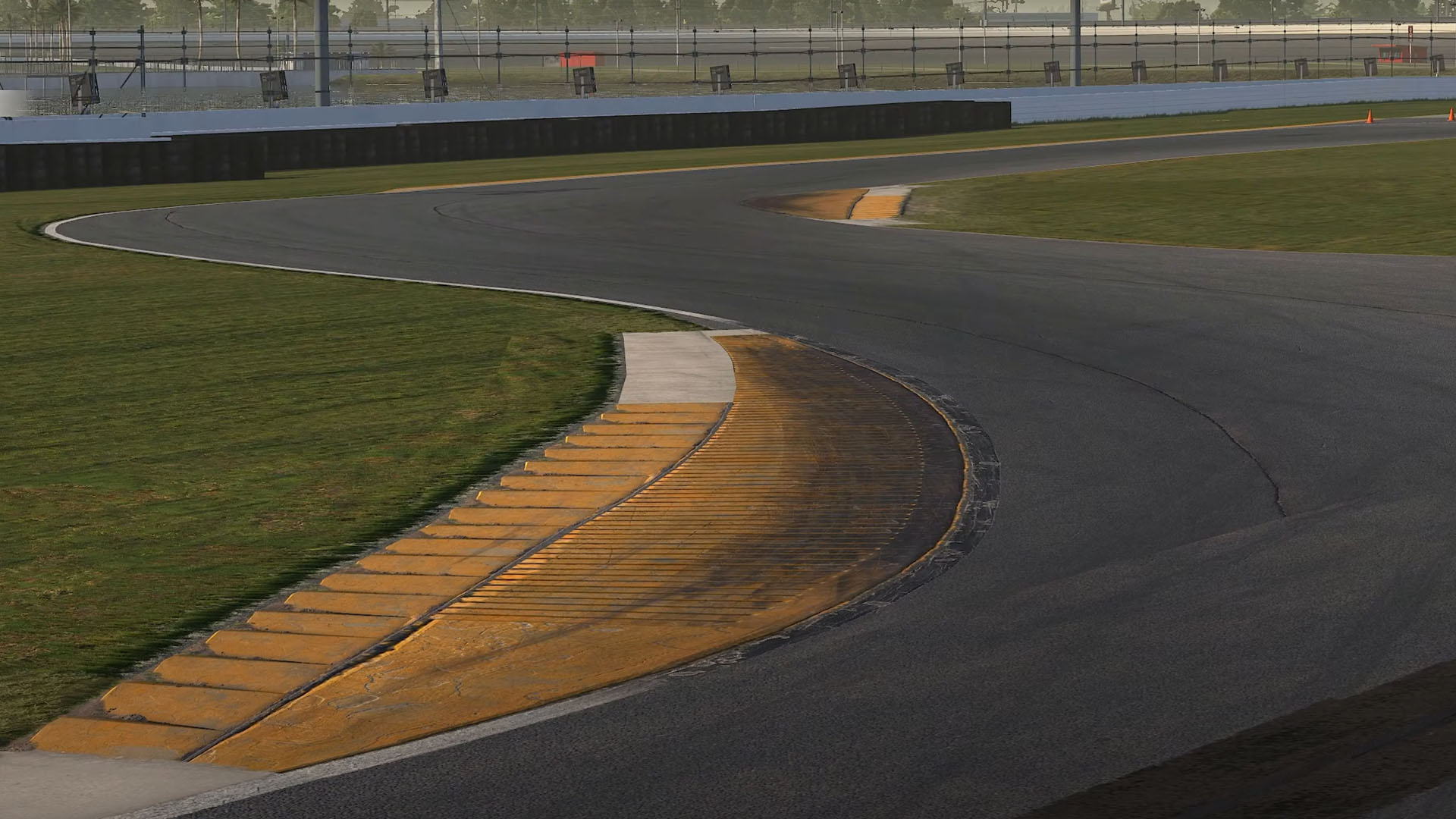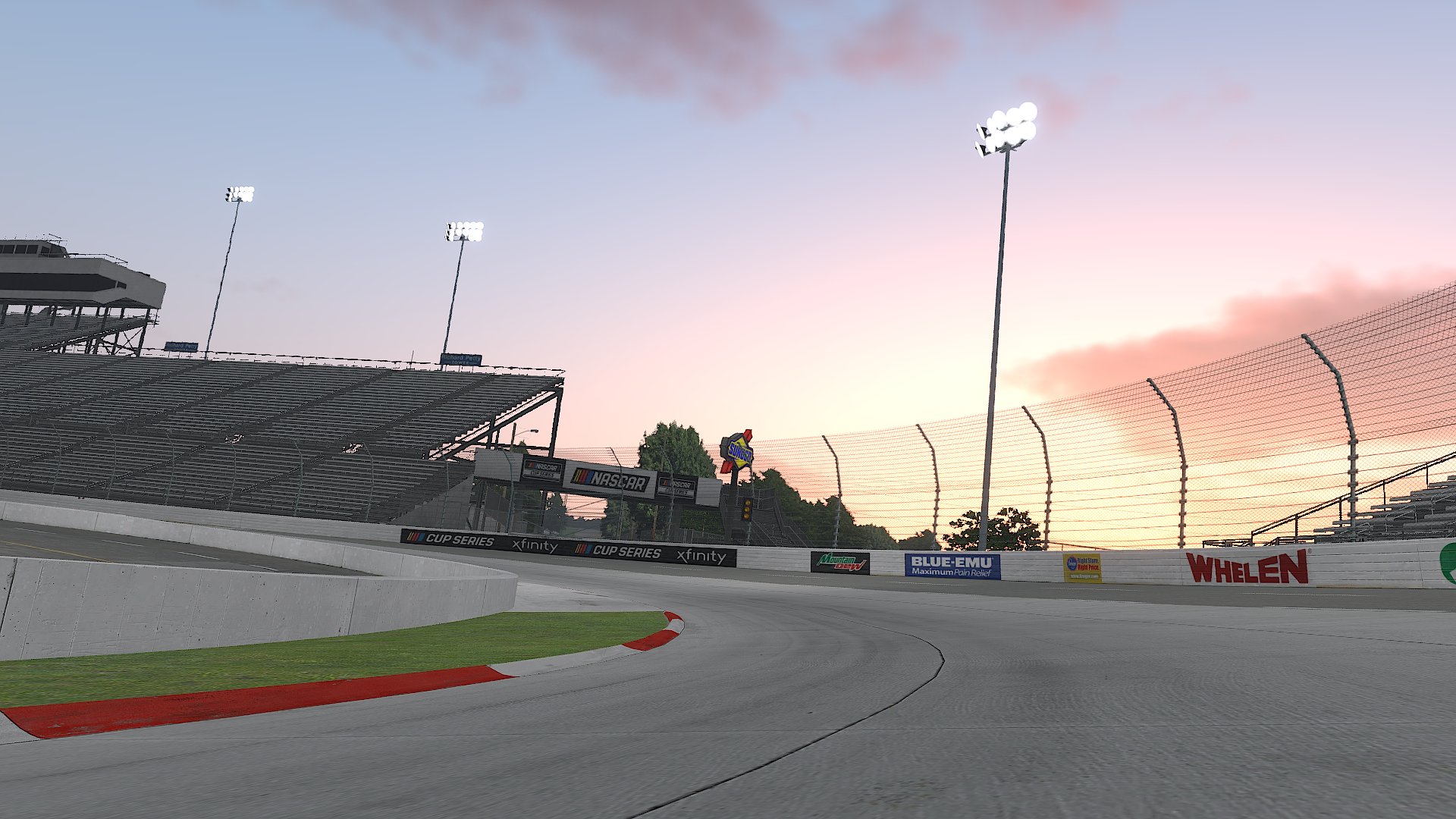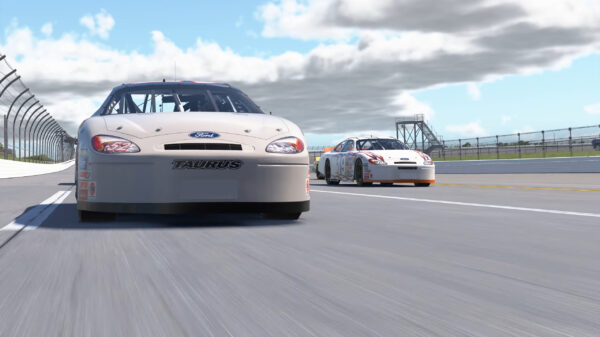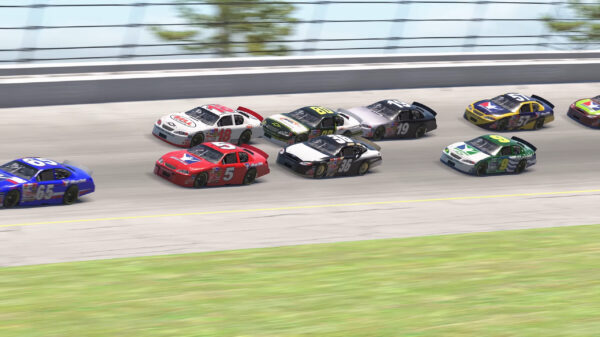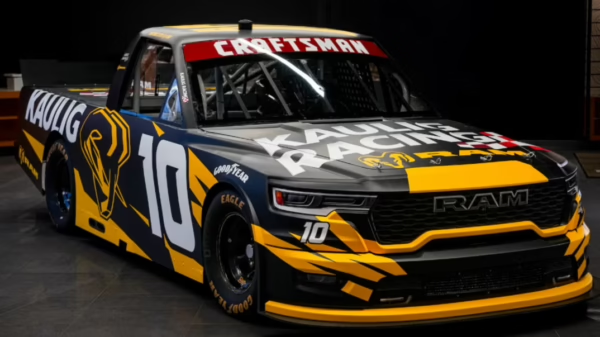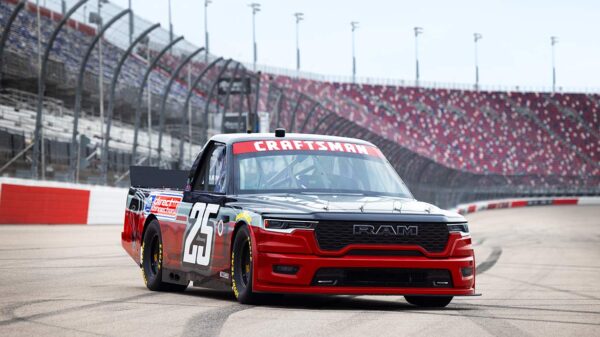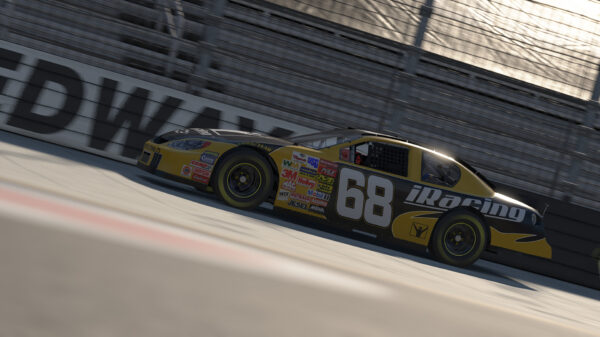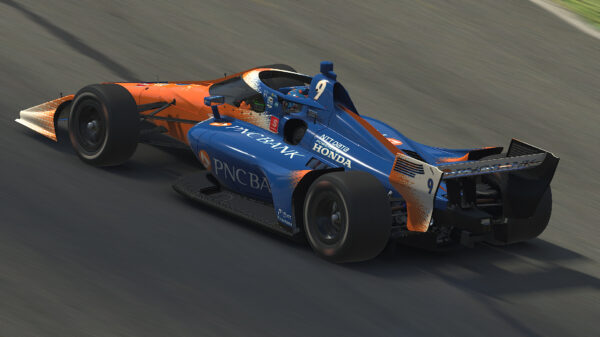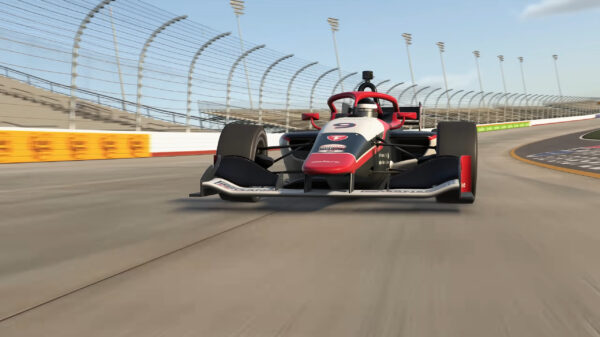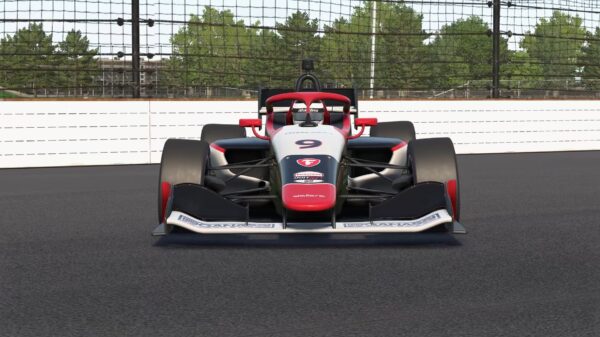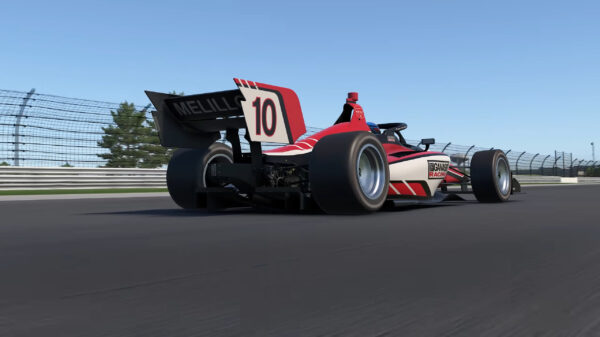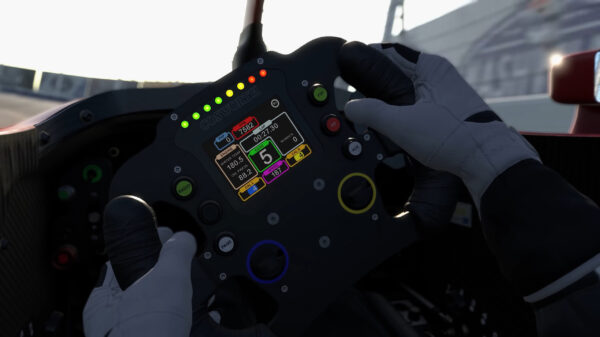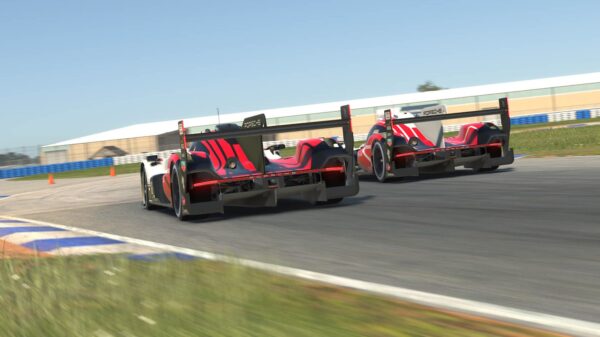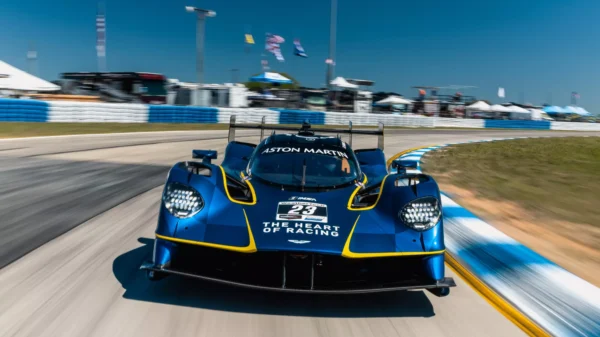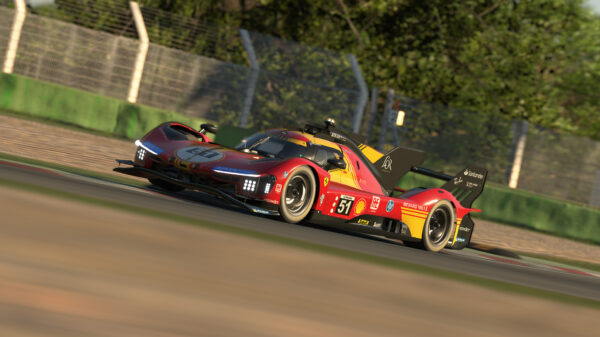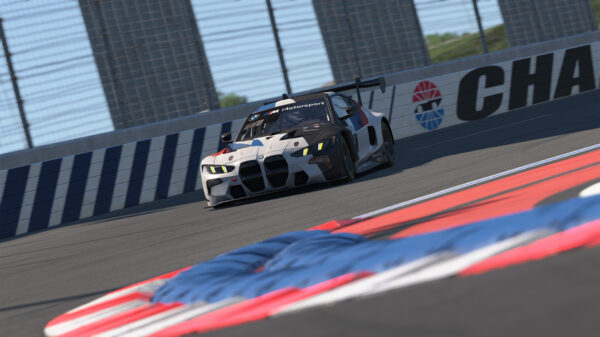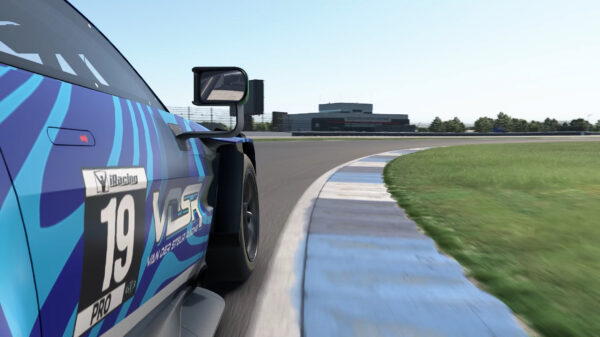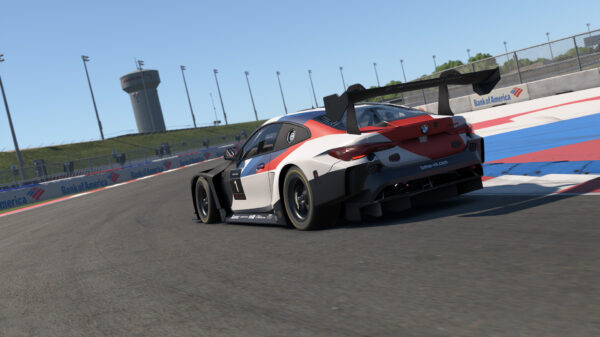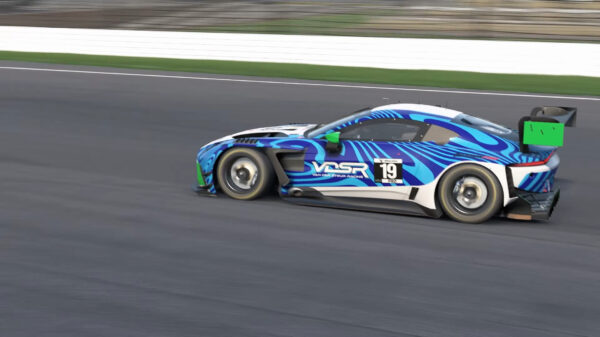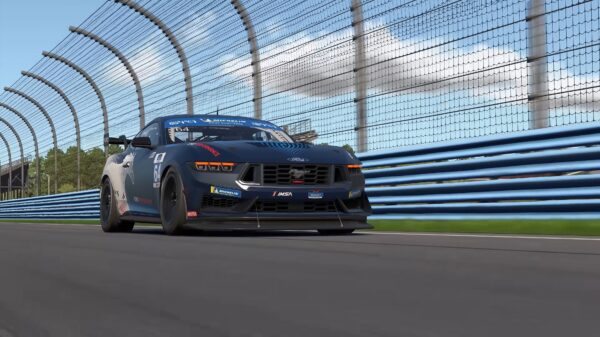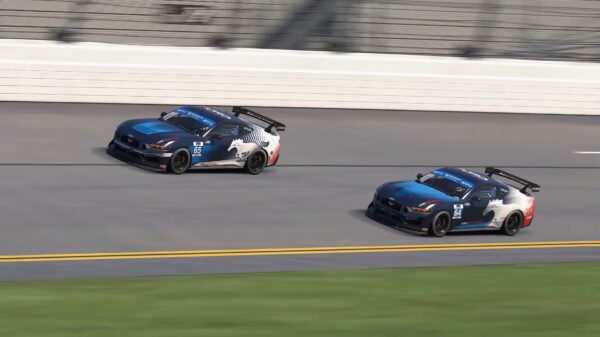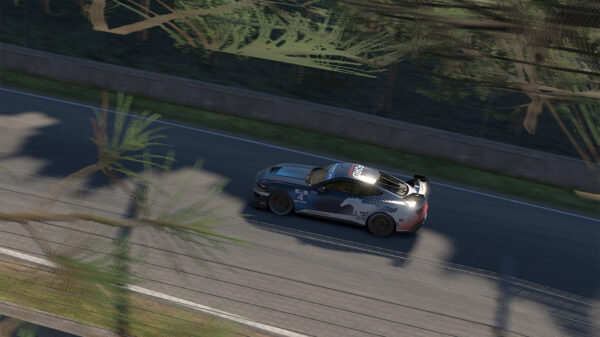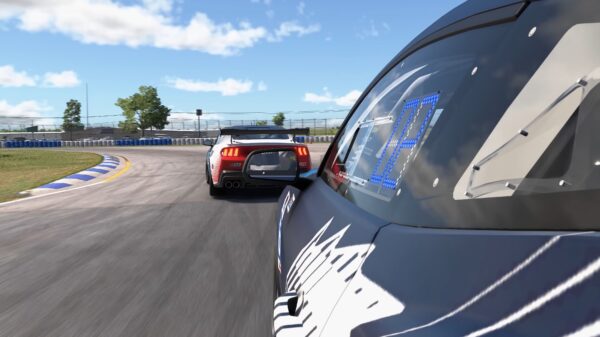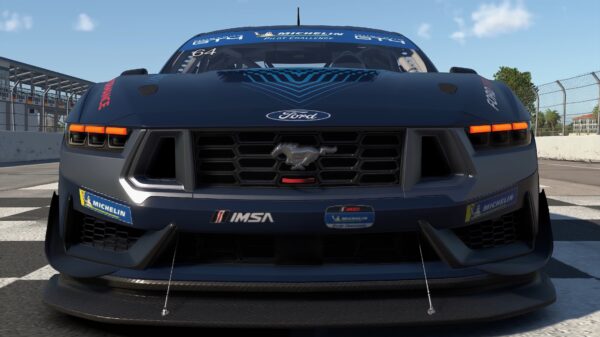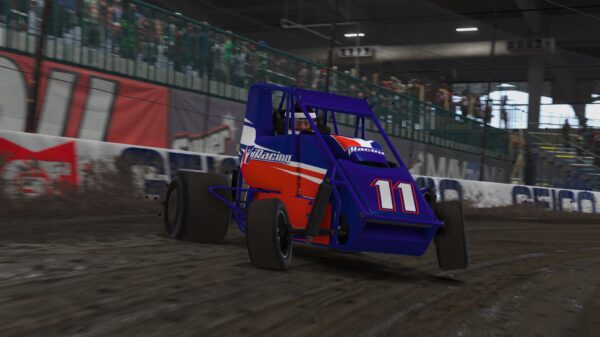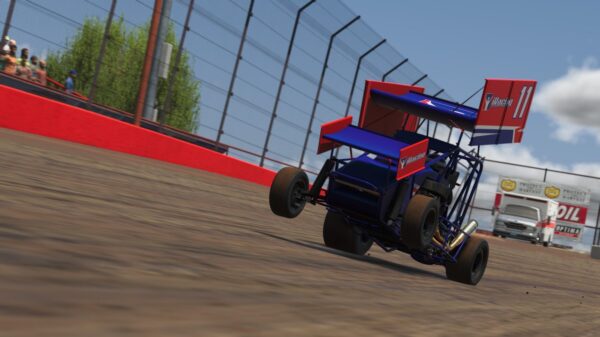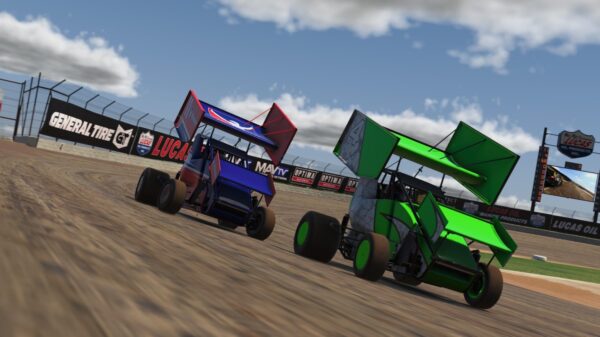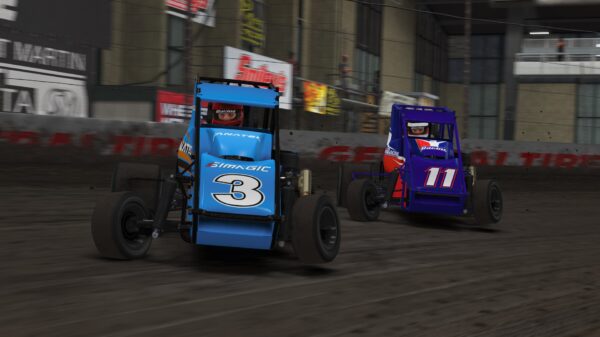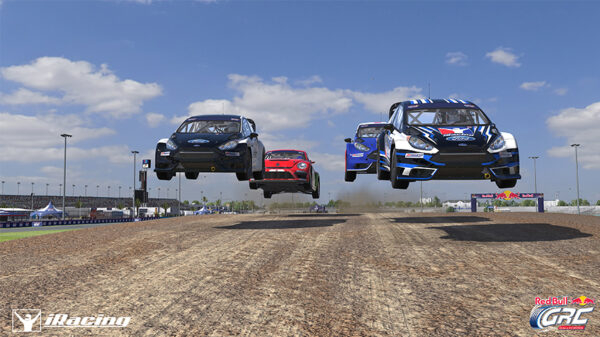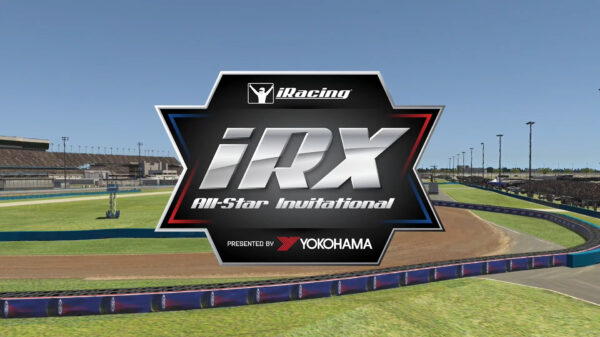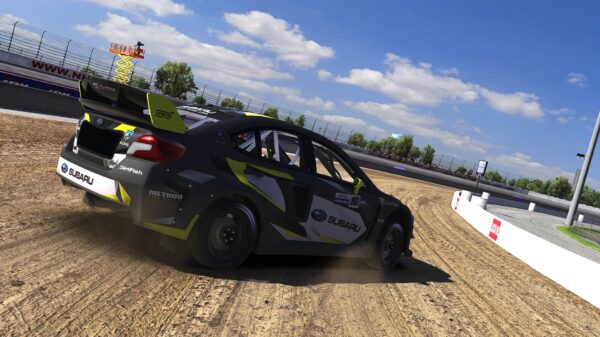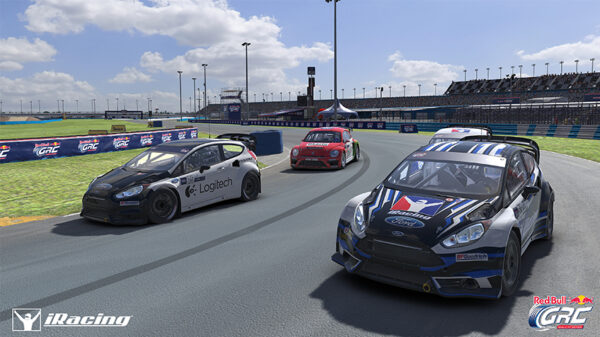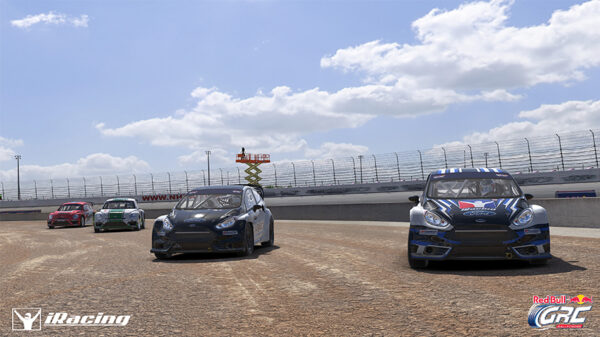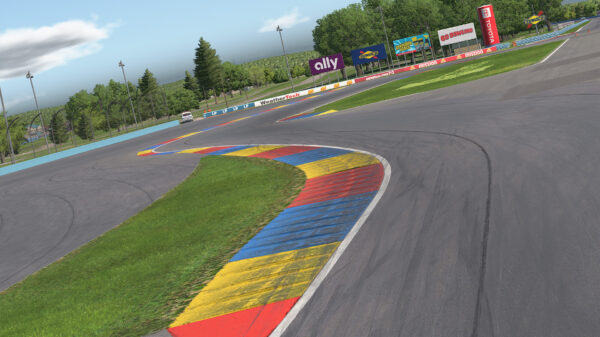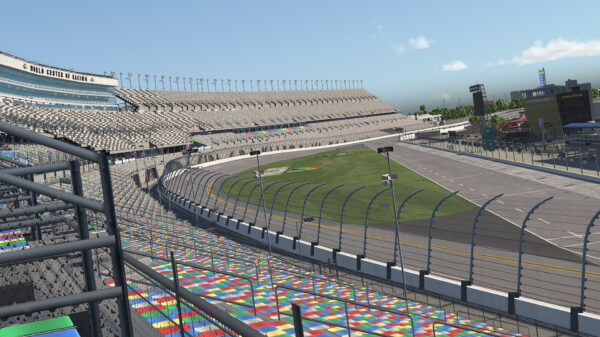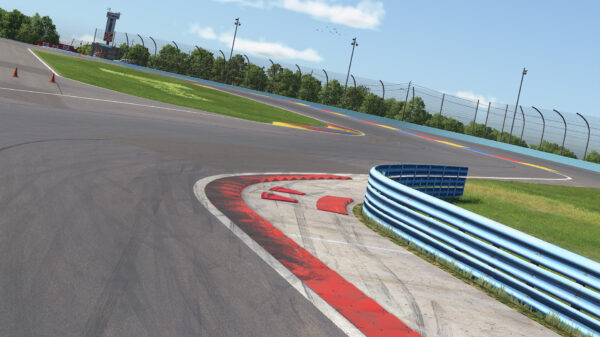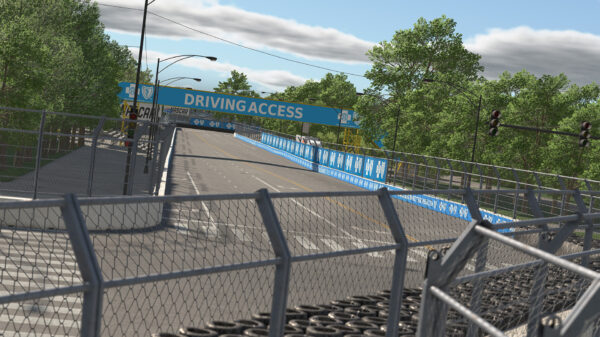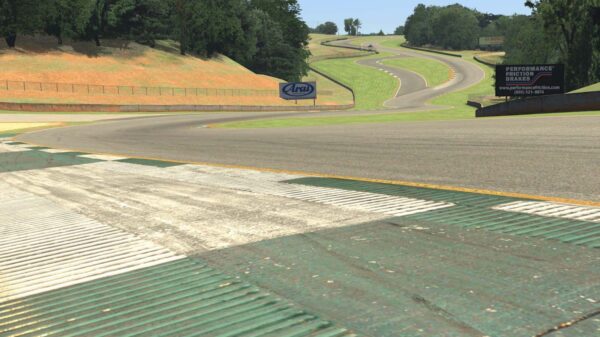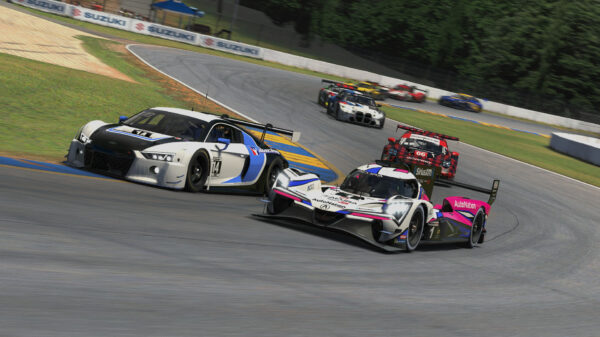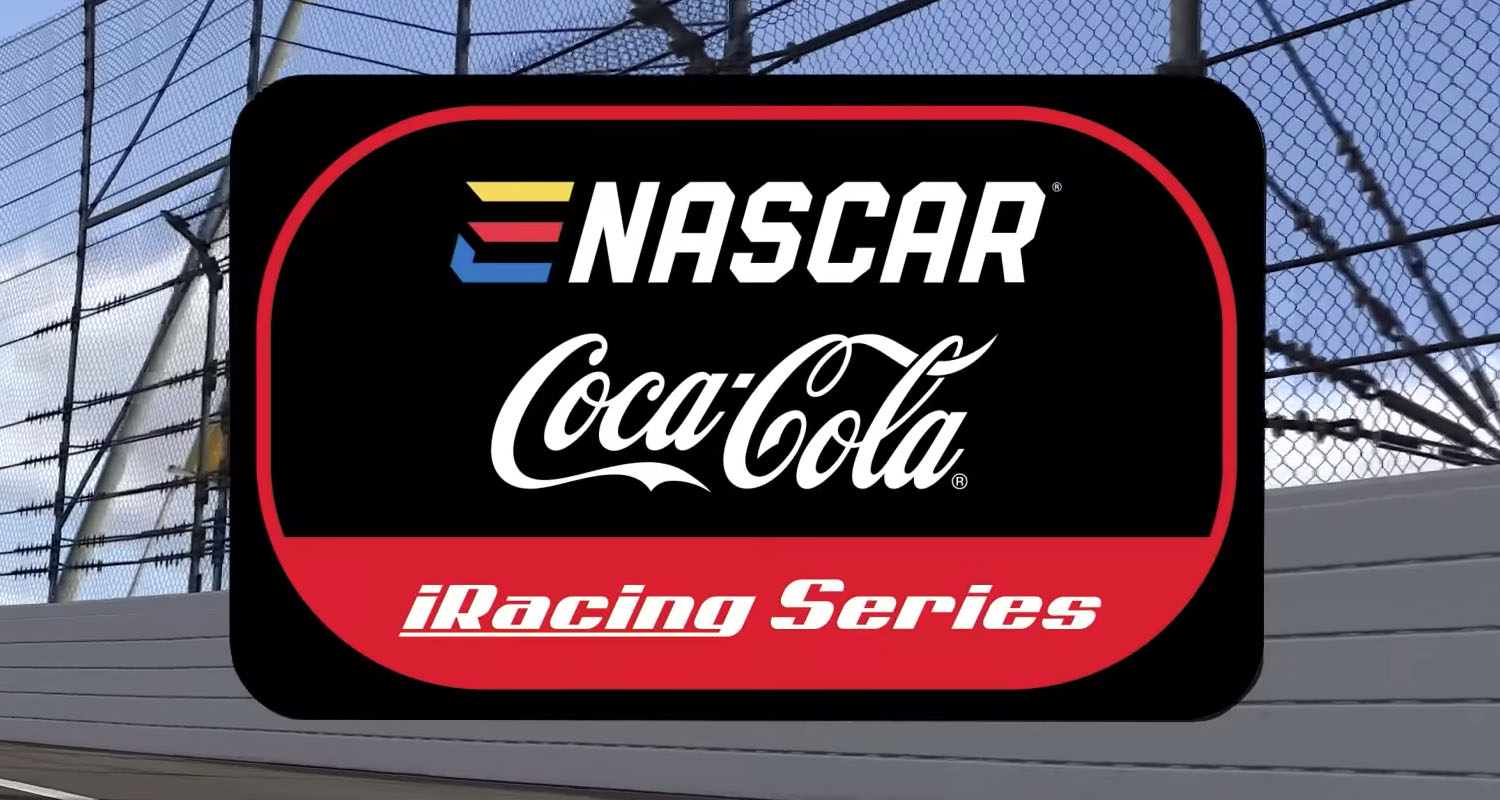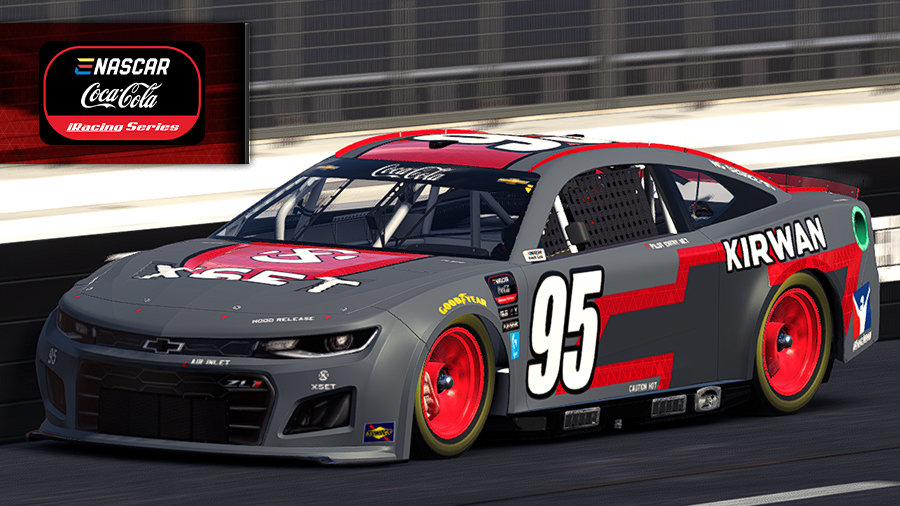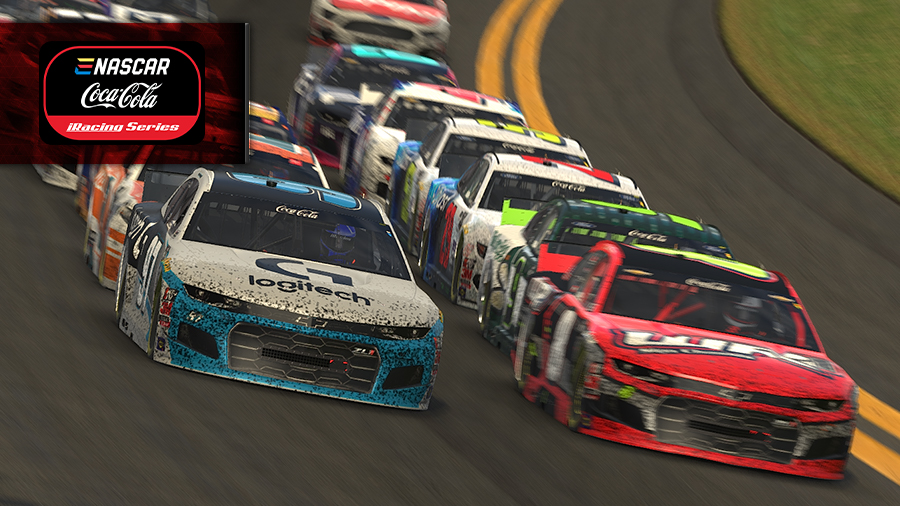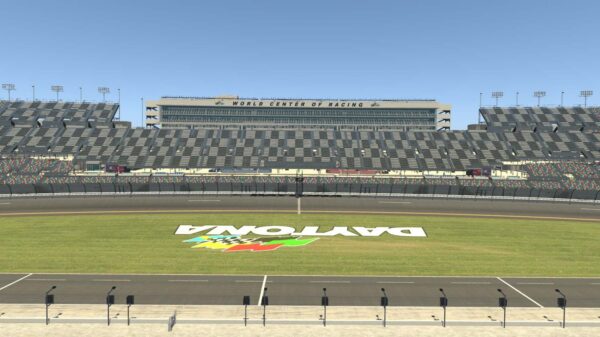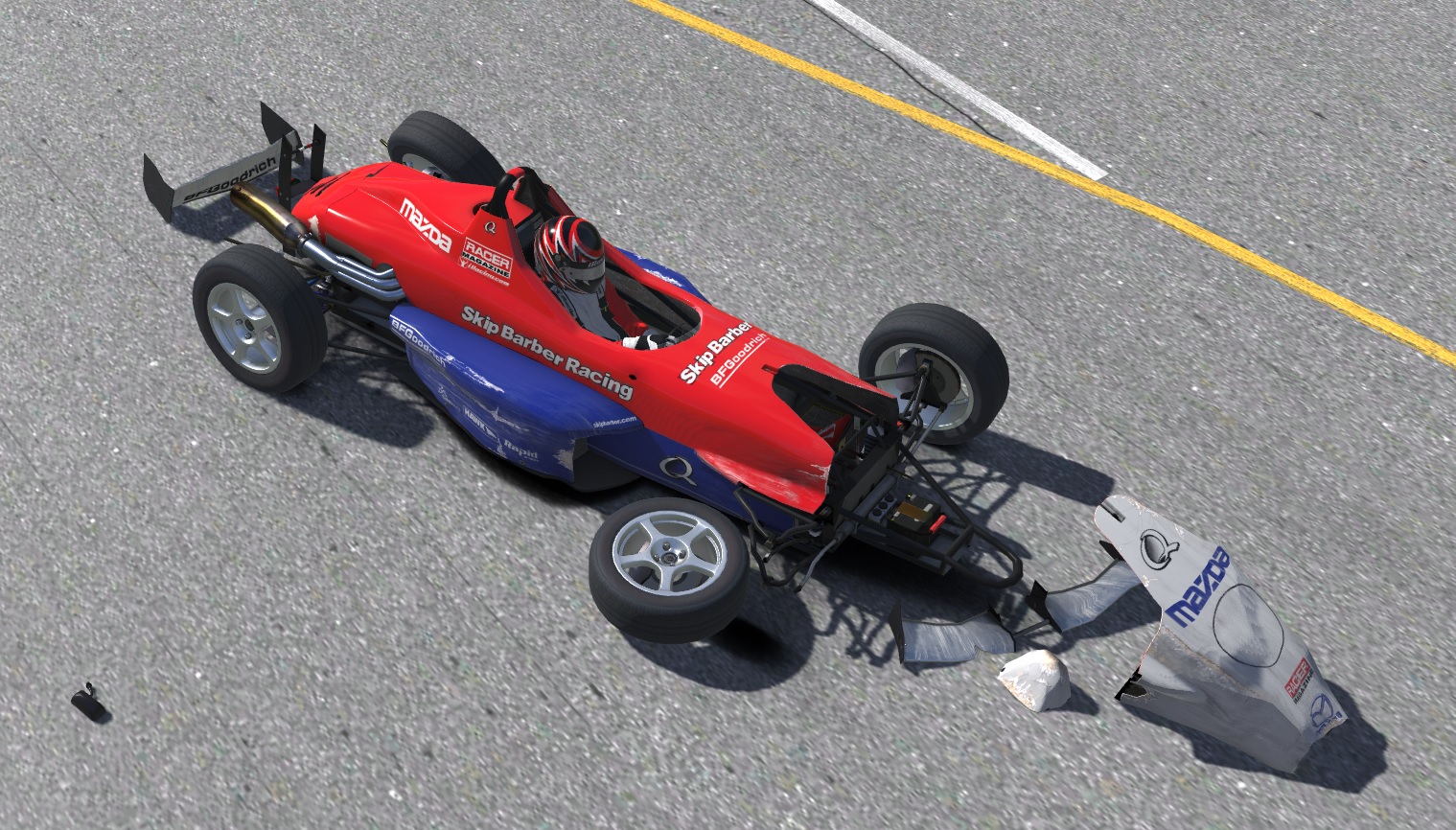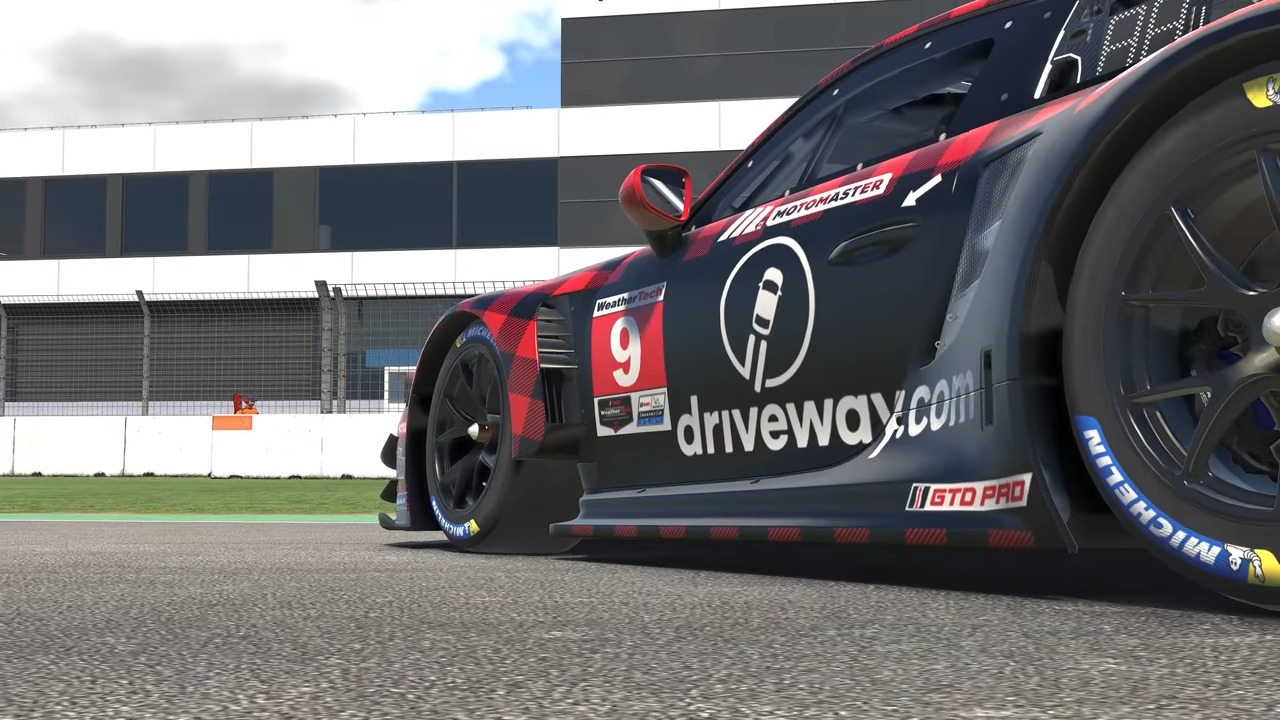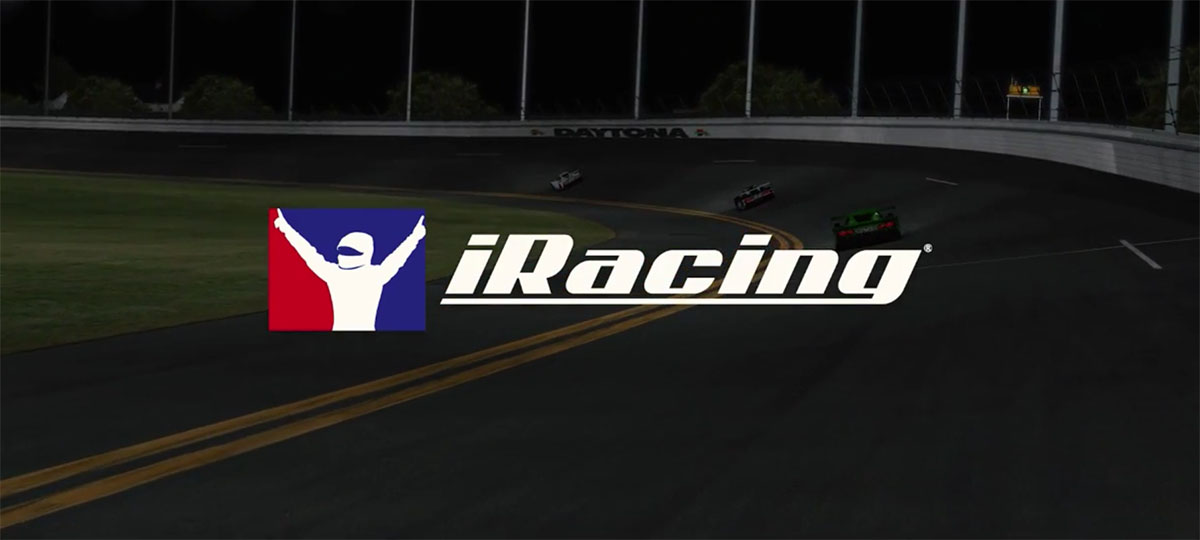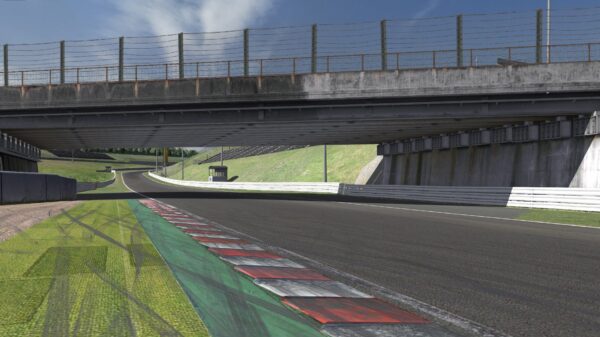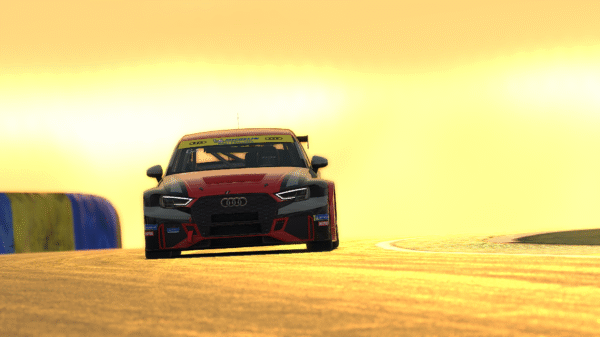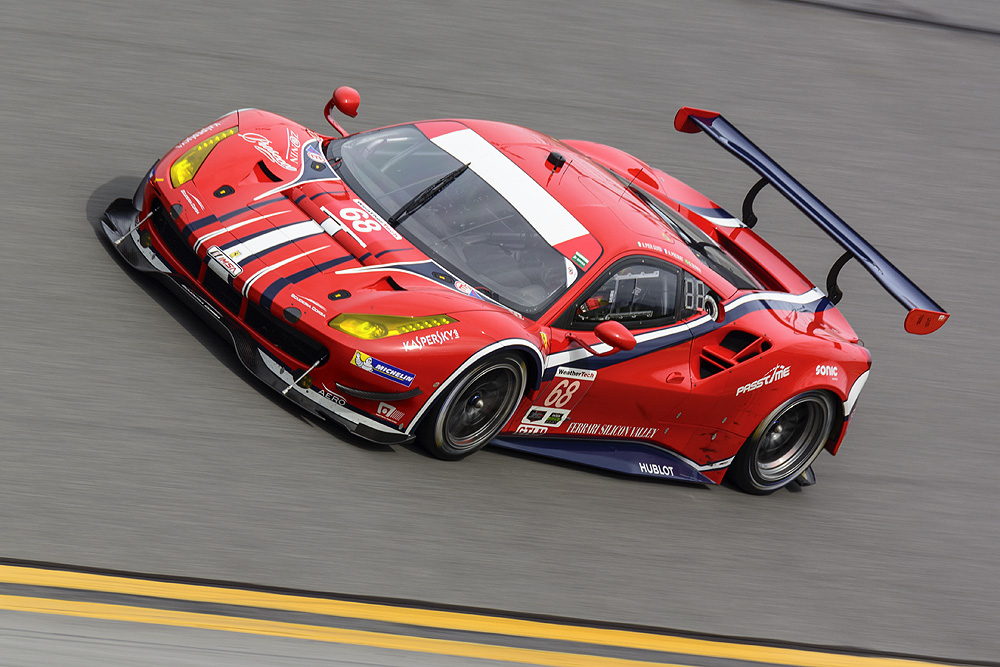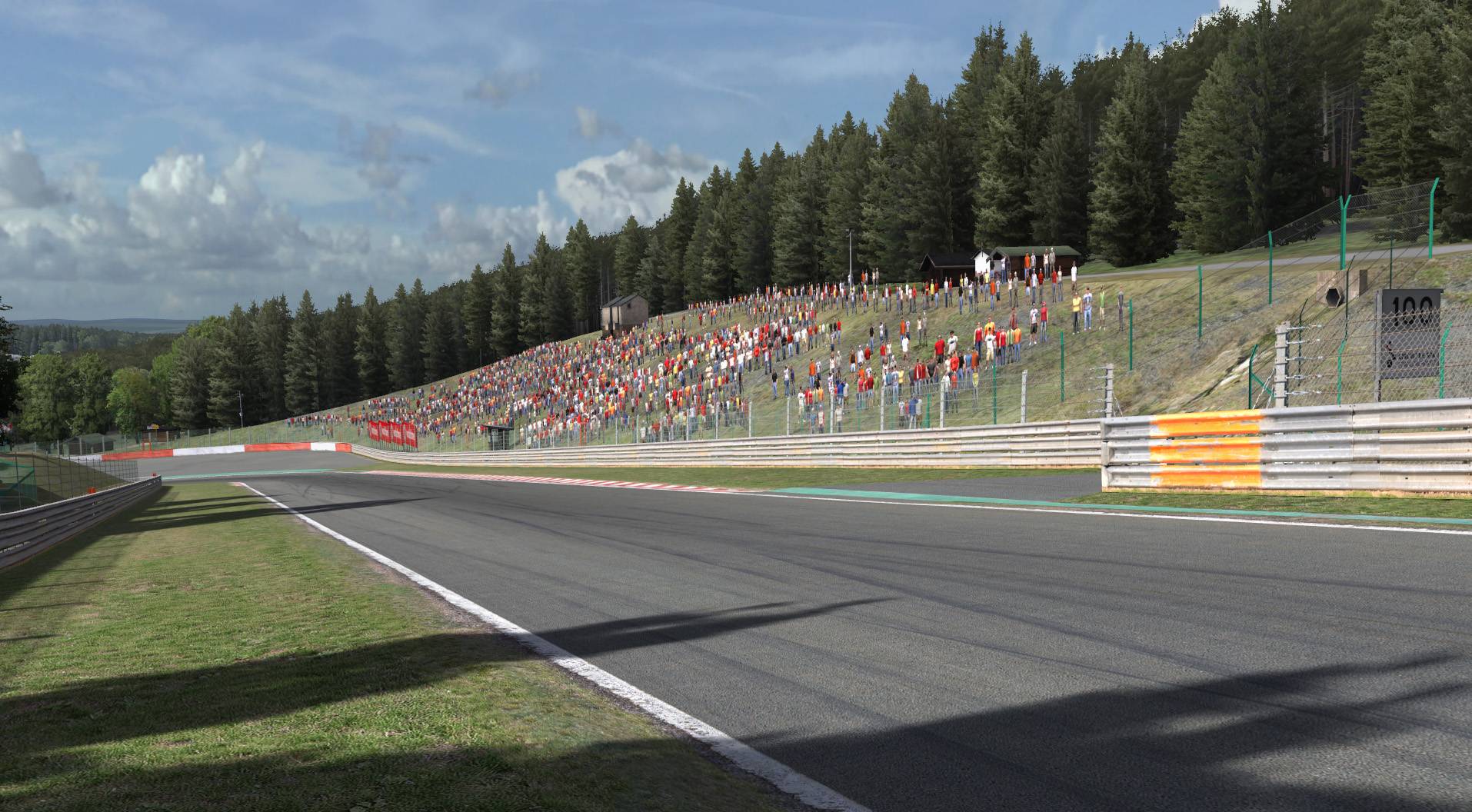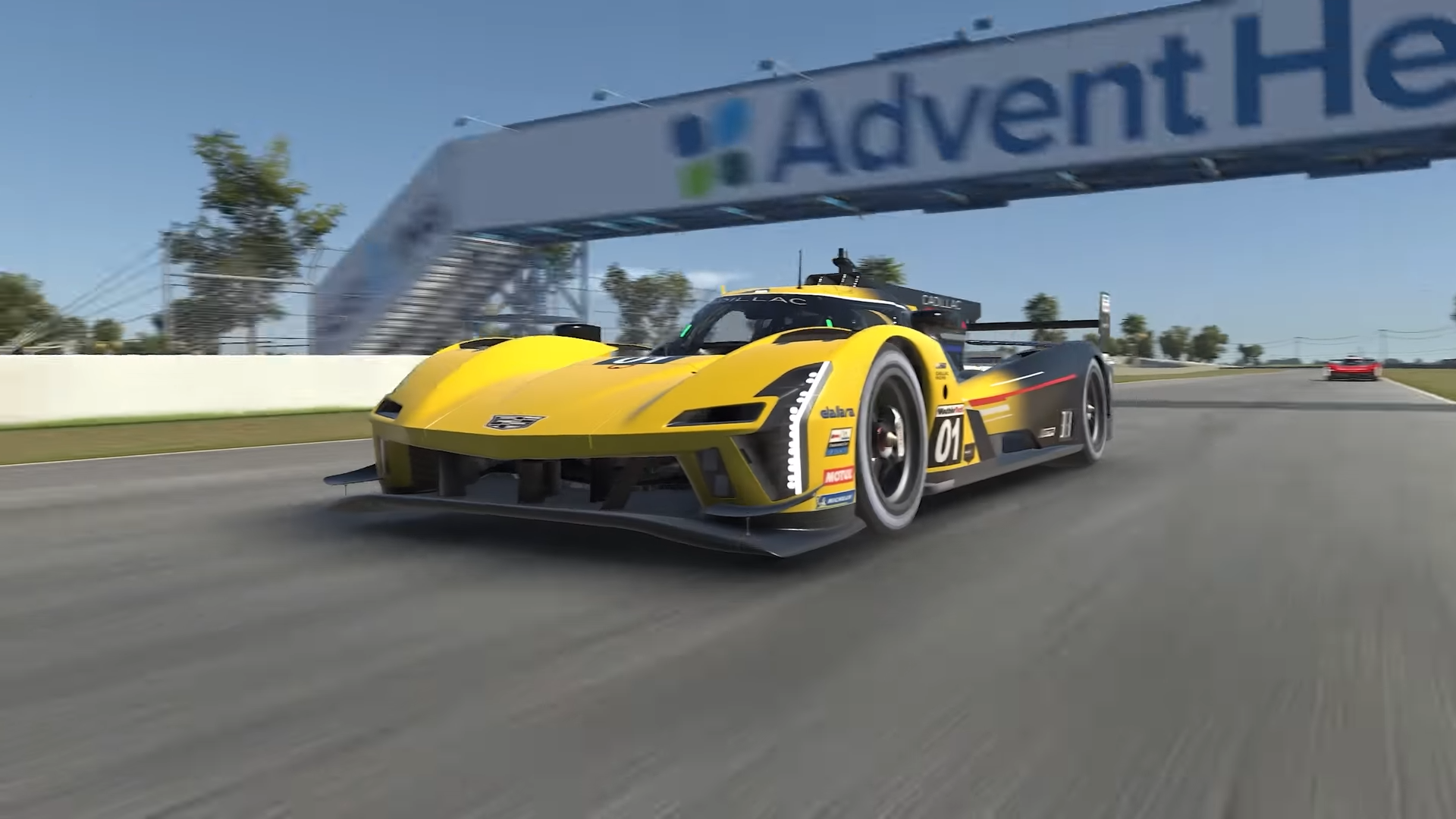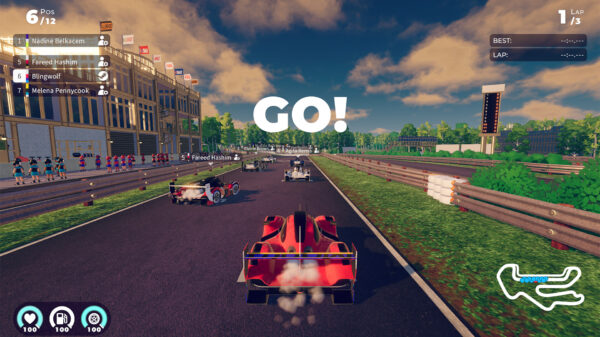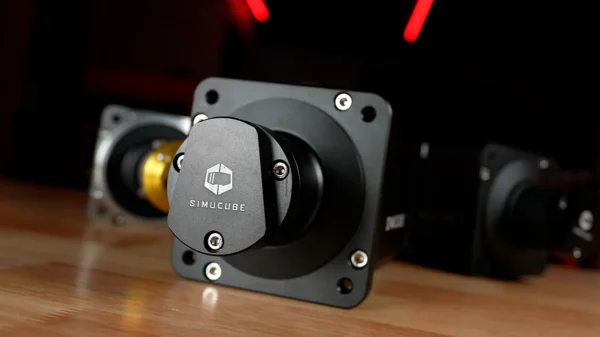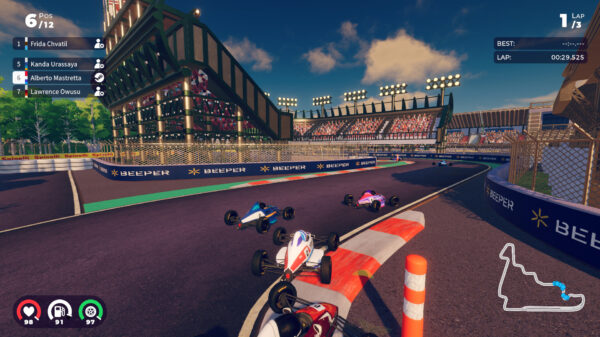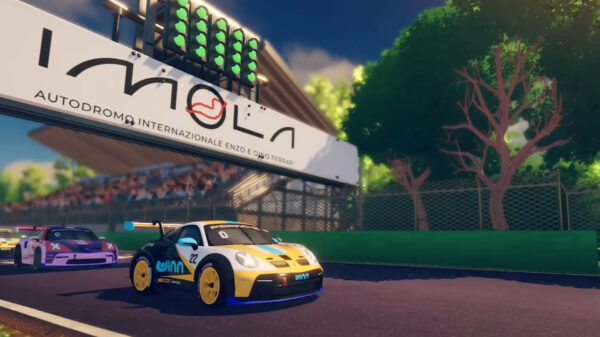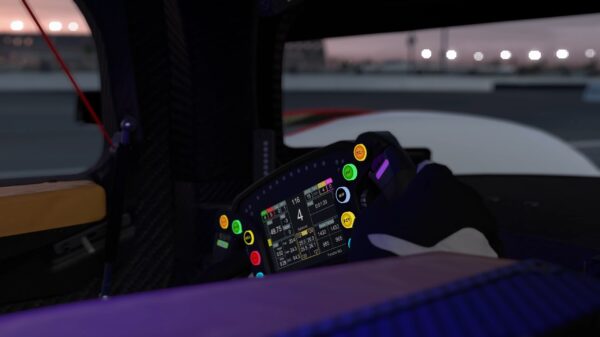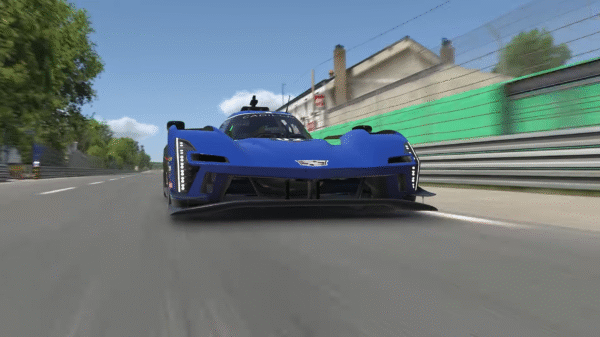When iRacing introduced the GTP class in late 2022 and expanded it through 2023–24, it brought one of the most exciting eras of modern sports car racing into the sim. BMW, Cadillac, Acura, Porsche — and eventually Ferrari’s Le Mans-winning 499P — joined the virtual grid. But along with the thrill came scrutiny: sim racers quickly noticed that the hybrid systems didn’t behave quite like their real-world counterparts.
By December 2024, developers acknowledged the concerns, setting the stage for a complete overhaul. This post looks back at that early period, the feedback that shaped it, and why the overhaul was inevitable.
Early Concerns: Where the Model Fell Short
The first iterations of iRacing’s hybrid systems for GTP and Hypercar cars gave drivers a taste of modern electrified prototypes, but they weren’t as restrictive as the real cars. Racers reported:
- Excessive deployment flexibility: Electric boost often engaged at speeds and in scenarios where it shouldn’t.
- Cornering speeds too high: Tire and hybrid interaction gave cars more grip than expected.
- Limited strategic nuance: Energy deployment felt “always on,” with less of the real-world push/pull of saving vs spending.
Community forums lit up with comparisons to IMSA and WEC broadcasts, pointing out discrepancies between the sim and what manufacturers were actually allowed to do under Balance of Performance.
Developer Response
On December 19, 2024, iRacing Vehicle Dynamics Manager Chris Lerch addressed the issue directly on the forums. He thanked the community for its “justified” critiques and confirmed that the class would receive priority updates in two phases:
- Tire re-development first – rebuilding the GTP tire model to correct excessive cornering grip.
- Hybrid system overhaul second – a comprehensive rewrite to bring the sim in line with how modern hybrid systems are designed and regulated.
This was the first formal signal that a major hybrid rework was coming, but it also set expectations: it wouldn’t be ready overnight.
Real-World Benchmarks
Why the overhaul mattered was obvious to anyone following IMSA or WEC:
- Ferrari 499P rulebook – The front-axle MGU in Ferrari’s Hypercar is prohibited from deploying below ~190 km/h. That ensures the car doesn’t get electric “boost” out of slower corners, balancing the field with non-hybrid competitors.
- Wheel power limits – Each GTP/Hypercar entry must respect capped combined outputs, meaning hybrid + ICE cannot exceed a fixed number, regardless of how much energy is stored.
- Energy deployment strategies – Real cars rely heavily on regen under braking and must carefully manage energy across stints.
The gap between these rules and the sim’s early implementation was too wide to ignore.
Why It Matters
This moment in December 2024 was pivotal:
- It acknowledged that hybrid systems couldn’t just be “bolted on” in iRacing — they required a foundational rewrite.
- It committed iRacing to aligning with real IMSA/ACO regulations, rather than generic hybrid behavior.
- It marked the beginning of a timeline that would stretch into 2025, when the full overhaul would finally be released.
TL;DR
- Early GTP hybrid implementation in iRacing gave too much freedom, with unrealistic cornering and deployment.
- Community feedback pushed devs to commit to a two-phase fix: tires first, hybrids second.
- Real-world rules (like Ferrari 499P’s 190 km/h deploy limit) made clear what needed to change.
- December 2024 became the turning point — when iRacing admitted the system had to be rebuilt from the ground up.

